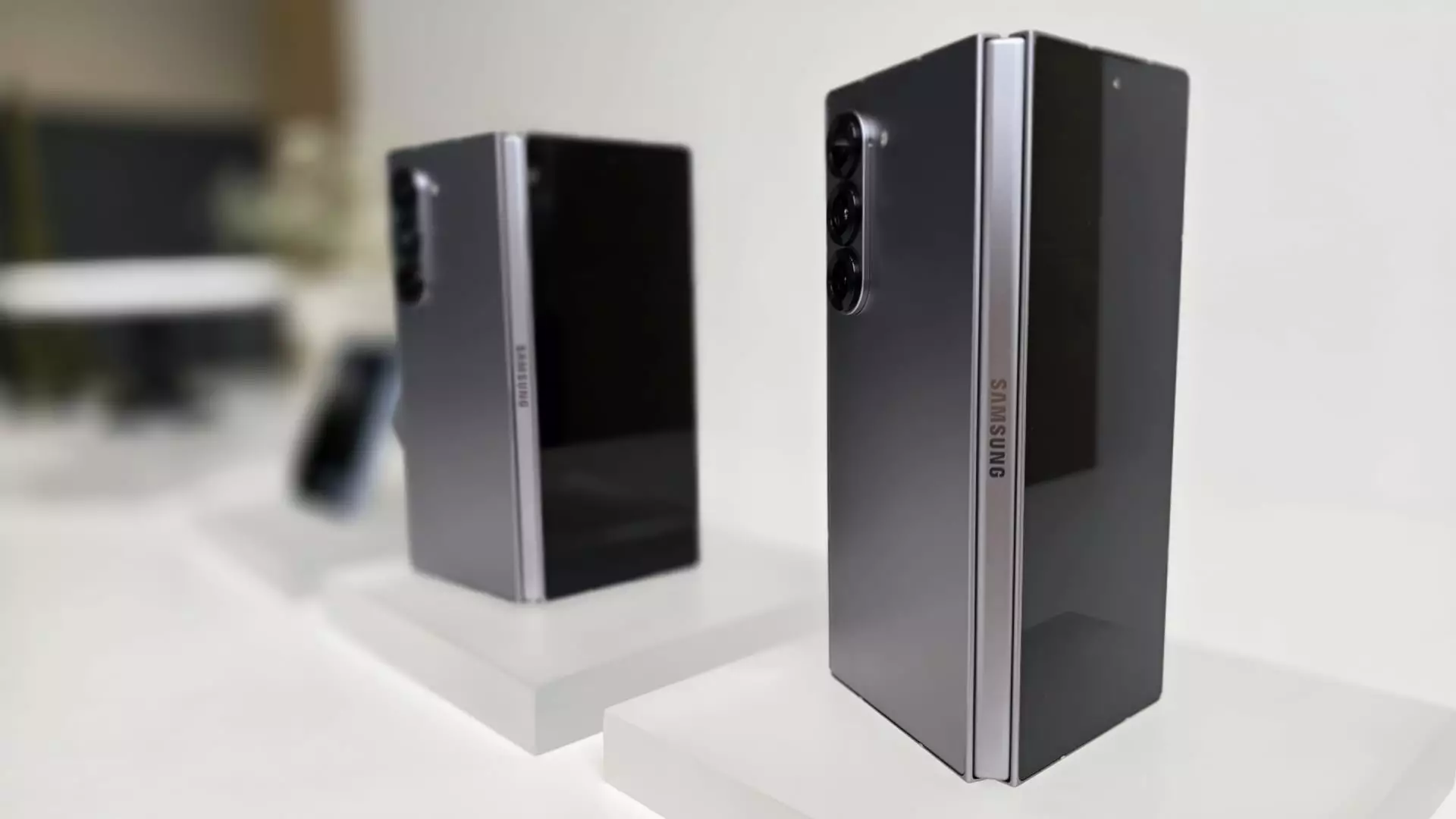In the ever-evolving world of smartphones, the foldable device segment is witnessing a heated competition, particularly within the thinness stratum. Samsung, a pioneer in this arena, is slated to launch a sleeker version of its Galaxy Z series, striving to reclaim its position against nimble contenders like Honor and Oppo. As attention centers on technical advancements in foldable technology, the overarching question arises: Why does slim design hold such paramount significance in the realm of foldable smartphones?
Importance of Slender Designs
The essence of foldable devices lies not only in their innovative mechanics but also in how they embody the artistry of modern technology. A thinner foldable smartphone transforms usability and user experience significantly. Ben Wood, a respected analyst from CCS Insight, aptly highlights the consumer mindset—people are unwilling to entertain the idea of heftier devices despite the potential for enhanced screen real estate. The allure of slim, lightweight designs is simply too potent to ignore, turning thinness into a competitive battleground within the foldable sector.
To grasp the gravity of this competition, one must delve into the specifics of current offerings. Samsung’s Galaxy Z Fold6, measuring in at a commendable 12.1 millimeters in thickness, pales in comparison to its competitors’ designs. The Oppo Find N5, with its impressively reduced profile of 8.93 millimeters, and the Honor Magic V3 at 9.2 millimeters, emphasize the appeal of lighter forms. These figures illustrate why Samsung’s upcoming launch represents not just an effort to catch up but a vital attempt to redefine its foldable smartphone blueprint.
Competitive Dynamics in the Market
The competitive dynamics between Samsung and rising Chinese competitors epitomize a classic case of innovative rivalry. Brands like Honor and Oppo are utilizing their sleek designs not just as marketing strategies but as pivotal differentiators amid the growing foldable smartphone craze. This ongoing competition propels Samsung to innovate and refine its offerings relentlessly.
While Samsung’s upcoming device is touted to be its lightest and most advanced yet, the stakes are high. Honor has already slated a July 2 launch for its next foldable, which places additional pressure on Samsung to not only meet but exceed consumer expectations. This imminent unveiling aligns with Wood’s assertion that achieving thinness, akin to that of its rivals, would represent a substantial leap forward for Samsung’s foldables, marking a potential turning point in its design ethos.
The State of the Foldable Market
Despite these advancements, the foldable smartphone market remains an enigma. Analysts have pointed out that foldables are projected to account for a mere 2% of the total smartphone market share this year—a startling figure that raises questions about consumer engagement and demand. Thinner devices might indeed rekindle interest, yet they also emphasize a critical issue: consumer reluctance towards adopting folding technology remains an obstacle.
As Wood observes, simply offering a slimmer device may not catalyze the market’s growth unless it can align with the evolving preferences of consumers. The transition from traditional block phones to foldables requires more than mere aesthetics; it needs a paradigm shift in how users perceive the utility of folding devices. There remains a pervasive uncertainty surrounding the added value of foldables, which further complicates Samsung’s efforts to stimulate consumer interest.
Future Prospects: A Flourishing Possibility?
Interestingly, the narrative takes a twist when considering Apple’s rumored foray into the foldable space, anticipated for next year. The entrance of a brand like Apple could shift market dynamics dramatically, leading to increased consumer interest in foldable devices. If Apple successfully navigates the thinness dilemma while delivering an intuitive user experience, it could push other brands to elevate their offerings significantly.
In this intensely competitive landscape, Samsung’s commitment to thinner designs is a necessary strategy, yet it mandates a fundamental inquiry into why consumers still hesitate to embrace foldable technology. The solution may lie beyond just thinner outlines; it could require Samsung and its competitors to reinterpret their products’ core values and address the ingrained preferences of smartphone users. The fate of the foldable smartphone market undoubtedly rests on this delicate equilibrium between innovation and user acceptance.

